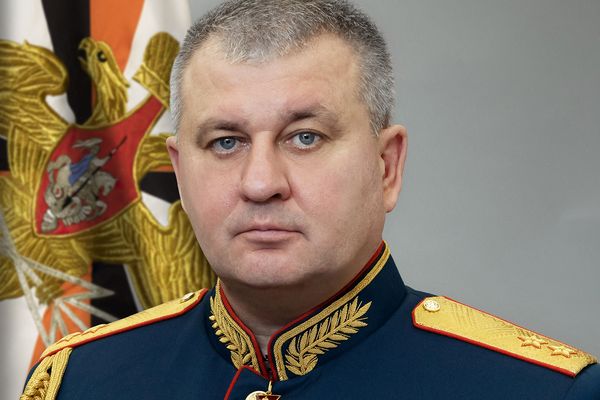
The current period of Labor dominance of mainland politics is likely to be brief: Queensland Labor now looks set for a wipe-out in October in the wake of huge swings to the Liberal National Party on the weekend. That means that the problems of Brisbane’s disastrous “winning” of the 2032 Olympics (against exactly no competition) will belong to the LNP from then on.
Queensland Labor has discovered, to its cost, that voters are starting to wise up to the pernicious habit of politicians promising major sports infrastructure that yields minimal social or economic benefit and ends up costing far more than promised.
The dodgy maths on which the then Palaszczuk government’s case for the Olympics was built has long been apparent. But the political problems have only become clearer recently. Annastacia Palaszczuk had committed to a knockdown and rebuild of the Gabba as part of the Olympics — which even the spivs of the International Olympic Committee said wasn’t necessary — but that idea steadily garnered opposition, especially with the cost initially expected to be $2.7 billion.
The new premier, Steven Miles, read the room, put the whole thing on pause late last year and hired former Labor Brisbane mayor Graham Quirk to “review” venue requirements for the Olympics in January.
Quirk, unsurprisingly, has nixed the idea of the Gabba rebuild, saying the cost had already blown out to at least $3 billion — demonstrating yet again that no major project infrastructure costing from any Australian government should be believed. But problematically, Quirk says the Gabba can never be “a top-level tier one stadium” because of the lack of space and the fact that it’s “dilapidated” and should eventually be demolished.
So he suggests an entirely new stadium should be built for $3-3.4 billion (so, likely $4-5 billion) in Victoria Park, along with sundry other smaller venues to accommodate the various running, jumping and standing still Olympic sports.
Miles, wisely, rejected the new stadium idea. Instead, he says, Suncorp Stadium (Lang Park, as we oldtimers call it) will be the main stadium. Queenslanders have thus dodged a $4 billion bullet.
The thinking behind Quirk’s recommendation, that cities must have what is termed a “top tier international stadium”, is the kind of assumption that is never questioned in the relentless hunger for taxpayer money of “elite” sports. Stadiums may well be the worst infrastructure spending of any kind, given they sit unused for nearly all of their lives — even multi-use stadiums are only used relatively infrequently and provide little or no economic benefit to taxpayers.
The new $830 million (original costing: $730 million) Sydney Football Stadium, on the site of the previous one built in the 1980s, can fit 45,000 people but has never reached capacity, and has averaged fewer than 18,000 at all events since it opened in 2022, including concerts by international performers — sports matches average around 10,000 attendees. Recognising that sporting teams provide poor usage for such an expensive piece of infrastructure located on the doorstep of the Sydney CBD, the NSW government wants to use the stadium more as a concert venue.
At least Miles has declined to follow such spendthrift behaviour. But the smartest thing the incoming LNP government in Queensland could do would be to abandon hosting the Olympics altogether (after another “review”, by a suitably reliable figure) and get out before Queensland starts wasting other money on new facilities and upgrades to existing stadia. There is unlikely to be another opportunity to walk away from wasted infrastructure investment with such political impunity.





